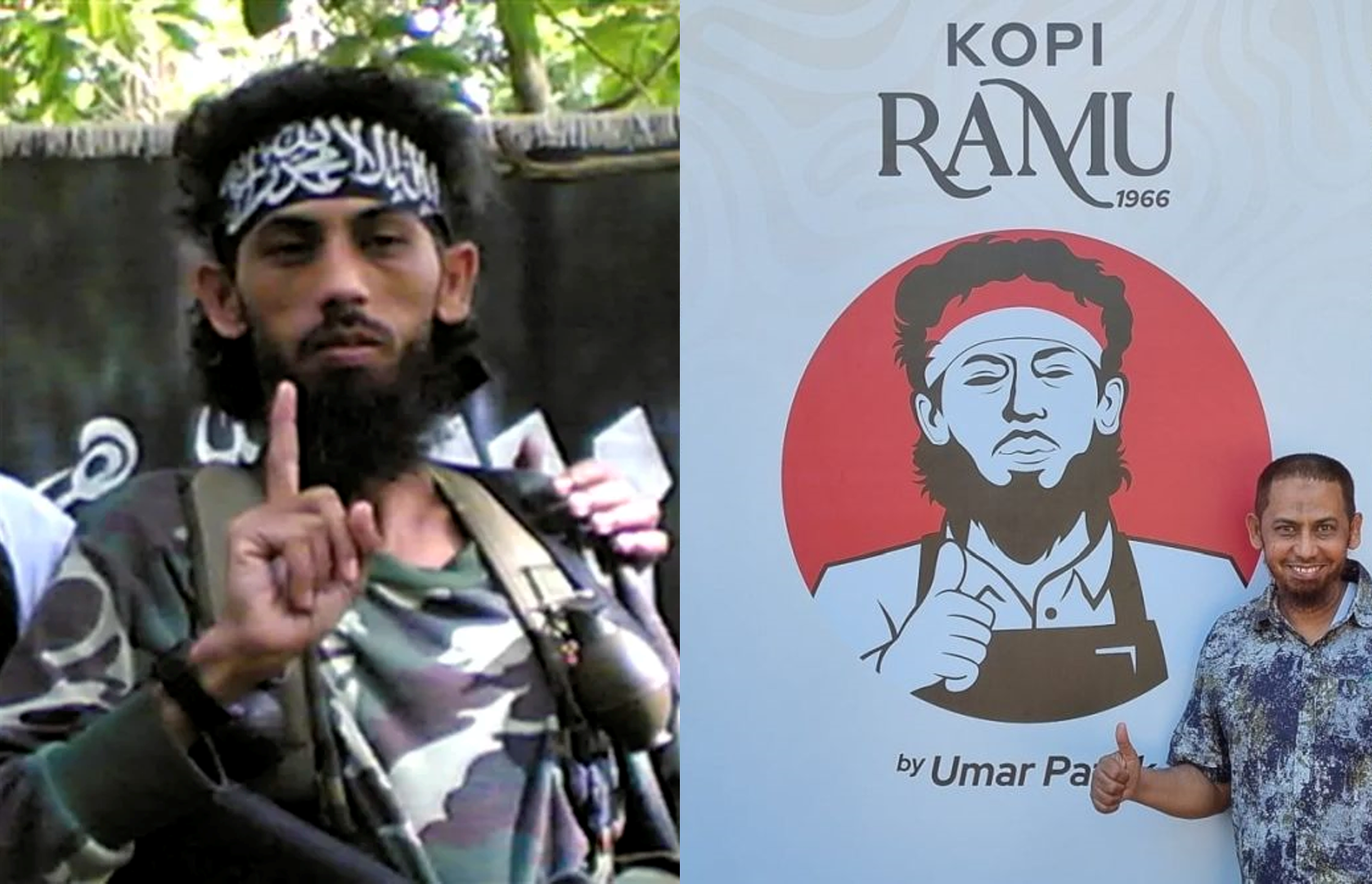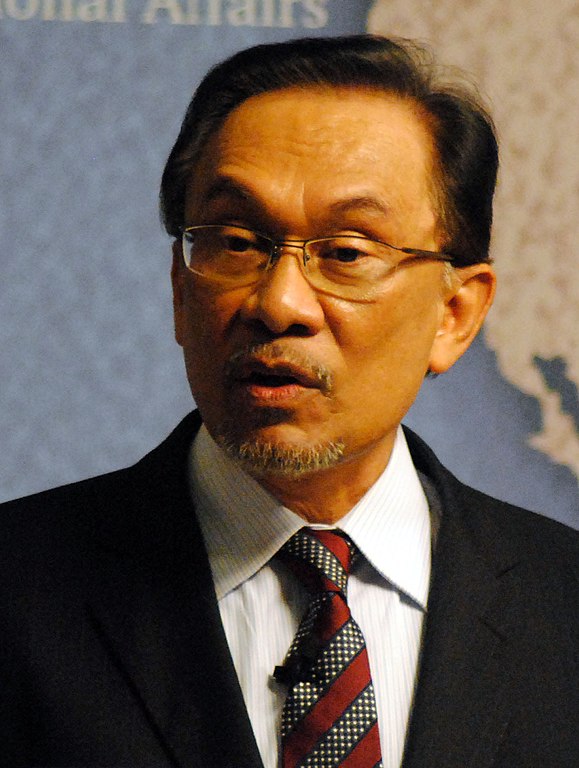100 More Terrorist Groups Banned in India: What are India’s Counterterrorism Priorities?
100 More Terrorist Groups Banned in India: What are India’s Counterterrorism Priorities?
India, one of the most terrorism-troubled countries in the world, is finally pursuing the idea of proscribing nearly 100 terrorist entities, both regional and international. The proscription will exist in tandem with the United Nations’ consolidated list of al-Qaeda and Taliban linked groups. Many of these outlawed entities have staged numerous attacks either in India or abroad and threaten to continue their transnational terrorist activities in order to further their violent jihadi ideology.
The case of India is unique in comparison to many other countries of the world as it is the country with the greatest number of indigenous, home-grown terror groups along with a substantial presence of transnational terrorist entities on its soil and in neighboring countries, posing a constant threat to its security. India has witnessed the rise of Islamist terrorism in Jammu and Kashmir and beyond in the last two decades, as well as left wing extremism in central and eastern India, ethnic separatist movements in the northeast and pro-Khalistan (Sikh homeland) militancy in Punjab.
Facing a Range of Threats
India has already outlawed 36 terrorist organizations which have carried out operations and have a physical presence across the country. [1] The prominent terrorist groups currently outlawed reflect diverse ideologies and objectives. They include:
• Northeastern separatist groups like the United Liberation Front of Asom (ULFA), the People’s Liberation Army – Manipur (PLA), the United National Liberation Front (UNLF), the People’s Revolutionary Party of Kangleipak (PREPAK) and the All Tripura Tiger Force (ATTF).
• Sikh separatist groups spearheading the Khalistan (Sikh homeland) movement, such as Babbar Khalsa International (BKI), the Khalistan Commando Force (KCF), and the International Sikh Youth Federation (ISYF).
• Kashmir-focused Islamist terrorist groups based in Pakistan, such as Lashkar-e-Taiba (LeT), Jaish-e-Mohammed (JeM), Harkat-ul-Jihad-e-Islami (HuJI) and the Hizb-ul-Mujahideen (HM).
• Left wing extremist groups like the Communist Party of India – Maoist (CPI-Maoist), the Akhil Bharat Nepali Ekta Samaj (ABNE), a Maoist group based on Nepali migrants to India, the Students Islamic Movement of India (SIMI), the recently defeated Sri Lanka based Liberation Tigers of Tamil Eelam (LTTE) and the lesser known Tamil National Retrieval Troops (TNRT).
Quoting Home Ministry sources, the Indian media indicated that the terror organizations soon to be added to the revised and expanded list include Jemaah Islamiyah (JI), the Libyan Islamic Fighting Group (LIFG), the Groupe Islamique Combattant Marocain (GICM), Egyptian Islamic Jihad (EIJ), the International Islamic Relief Organization of the Philippines (IIRO PHL) and the Islamic Movement of Uzbekistan (IMU) (The Hindu, May 16; Indian Express, May 17).
Problems in Legislating Economic Measures against Terrorist Groups
In August 2009, the Indian government issued an order detailing the implementation of Section 51A of the Unlawful Activities (Prevention) Act, 1967, which empowers the government to freeze and seize any financial assets or economic resources held by any suspected individuals or entities engaged in or suspected to be engaged in terrorism activities.
Adhering to U.N. guidelines, the Reserve Bank of India (the apex bank of the country) directed all banking and commercial institutions to scan all existing accounts to ensure that these are not held by or linked to any entity or individual figured in the U.N. list of terrorists and terror-related organizations. The Reserve Bank of India issued a similar directive to all financial institutions to be on the alert for entities linked with al-Qaeda and the Taliban and mentioned in the UNSC list of designated terrorist groups (Indian Express, November 12, 2009). [2]
The revised list will include all the groups already designated as banned entities under the United Nations Security Council (UNSC) Resolution 1267, the U.N. sanctions regime which covers entities associated with al-Qaeda and the Taliban irrespective of their locations. Unlike some other countries and international agencies, India does not have a consolidated terrorist list which includes individuals, charities or undertakings associated with either al-Qaeda or Lashkar-e-Taiba.
India’s Counterterrorist Priorities
Although Islamist groups such as the LeT remain a major threat to Indian security, India has recently expressed more immediate concerns about two domestic sources of terrorism – “Naxalism” (Maoist, or more generally, left-wing terrorism) and Sikh extremism.
Indian Prime Minister Manmohan Singh identified Naxalism as India’s biggest internal security challenge in a statement on May 24 in which he emphasized the importance of the central government’s efforts in helping India’s states deal with the threat:
"Naxalism remains the biggest internal security challenge facing our country. I have been saying this for the last three years. I have spoken to the chief ministers of the states many times on the Naxal issue. The chief ministers understand that it is imperative to control Naxalism for the country’s growth” (Press Trust of India, May 24)."
The Indian Prime Minister says that the full benefit of economic reforms cannot be realized without controlling Naxalism and related terrorist elements.
It is believed as well that Sikh extremists are preparing to revive a militant campaign against the Indian state in Punjab (Sify.com, May 16). In February, the Khalistan Zindabad Force was added to the UAPA list of terrorist organizations (Times of India, May 16). The listing came just ahead of important talks between the foreign ministries of India and Pakistan in which India turned over the names of several wanted Sikh extremists believed to be based in Pakistan. In late May, Indian security forces arrested an alleged agent of Pakistan’s Inter-Services Intelligence and seized a pistol and maps of sensitive Indian military installations. The suspected spy, Irfan Ulla, was identified as a close associate of Rajit Singh (a.k.a. Neeta), the leader of the KZF, and his aide, the German-based Gurmeet Singh Bagga. Security forces said Ulla was supplying information on air force and other military installations to KZF associates abroad, possibly for use in planning attacks (The Hindu, May 30; Hindustan Times, June 4). Bombs have been found planted outside Indian Air Force bases twice this year already (Sify, May 29).
A day after Ulla’s arrest, Amritsar Police detained Bakshish Singh, a highly wanted member of the Khalistan Liberation Front (KLF) who was suspected of participation in several attacks and had been on the run for two years (DNAIndia.com, June 1). Earlier in the month, Nirmal Singh (a.k.a. Nimma), an operative of the Khalistan Commando Force (KCF) was arrested after allegedly returning from Germany with instructions from his superiors to carry out an attack on the Adampur Air Force base in Punjab (Times of India, May 5; India Daily May 4).
Recognizing Internal Threats
The Ministry of Home Affairs listing often receives criticism at home for excluding homegrown groups posing a threat to India’s national security and territorial integrity. In actuality, besides the 35 terror entities currently under proscription, there are more than 100 separatist and extremist armed groups, both active and dormant, that remain a threat to the state (Times of India, June 24, 2009, Hindustan Times, April 13, 2008). However, the official listing overlooks many of these clandestine networks and fails to put any curb on their activities. India’s northernmost state of Jammu and Kashmir and the northeastern states of Manipur and Assam share between them more than 100 terrorist organizations operating from their soil. The Ministry’s list also fails to take note of the activities of pan-Islamic terrorist groups based in Bangladesh that operate both internally and externally across the Indian border.
The idea of proscription itself draws flak in India because very often terror groups go underground after the ban and regroup again under the guise of other names to operate more clandestinely inside the country or in their safe havens in neighboring countries. The most recent examples are Jaish-e-Muhammed (JeM) and Lashkar-e-Taiba (LeT), who have both been operating freely in Karachi and other cities despite being banned by both Pakistan and India (One India News/ANI, May 10).
Even though the recent move by the MHA can be seen as symbolic, some argued that this is an essential effort to avoid legal ambiguity in case Indian security agencies want to investigate the named foreign terrorist groups or track their transnational linkages, including finance, arms and other terrorist-related logistics (DNA India/PTI, May 16). More certainly this new updated list is the result of India’s commitment to fight international terrorism.
Indeed, the 2008 Mumbai terror attacks and subsequent national and international developments have forced India to realize that in order to curb transnational terror groups like Lashkar-e-Taiba or al-Qaeda, there is a need for strong international cooperation, mutual understanding and counterterrorism mechanisms. In light of India’s experience with terrorist groups evading proscription by operating under different names, it is imperative that a comprehensive proscription be developed that would ban not only terrorist groups, but also their front organizations and sympathetic groups and individuals. A step in this direction was recently undertaken with the June 4 proscription of the Indian Mujahideen (IM), a group believed responsible for several bombing campaigns and allied to SIMI and the LeT. The government’s ban includes all of IM’s formations and front organizations. [3]
Conclusion
Rather than just being a reflection of regional concerns, the expanded list of designated terrorist groups conveys India’s priorities and security interests at a global level. To remain a front-runner in the global fight against terrorism, it is necessary for India to step up its legal mechanism and counterterrorism framework for dealing with transnational terrorism, including new measures related to financing and support for terrorism at home and beyond.
Notes:
1. See the names of 34 such entities declared as terrorist organizations under the Unlawful Activities (Prevention) Act, 1967, listed in the Ministry of Home Affairs website https://www.mha.nic.in/uniquepage.asp?Id_Pk=292. On June 23, 2009, the MHA imposed a ban on India’s CPI-Maoist, the unified conglomerate of left-wing extremist organizations in India, under the Unlawful Activities Prevention (Amendment) Act, 2008, making it the 35th banned entity. See Rediff.com, June 22, 2009.
2. Details of the consolidated list are available on the UN website, https://www.un.org/sc/committees/1267/consolist.shtml
3. Ministry of Home Affairs Press Release, June 4, https://pib.nic.in/release/release.asp?relid=62324&kwd=
<iframe src=’https://www.jamestown.org/jamestown.org/inner_menu.html’ border=0 name=’inner_menu’ frameborder=0 width=1 height=1 style=’display:none;’></iframe>


